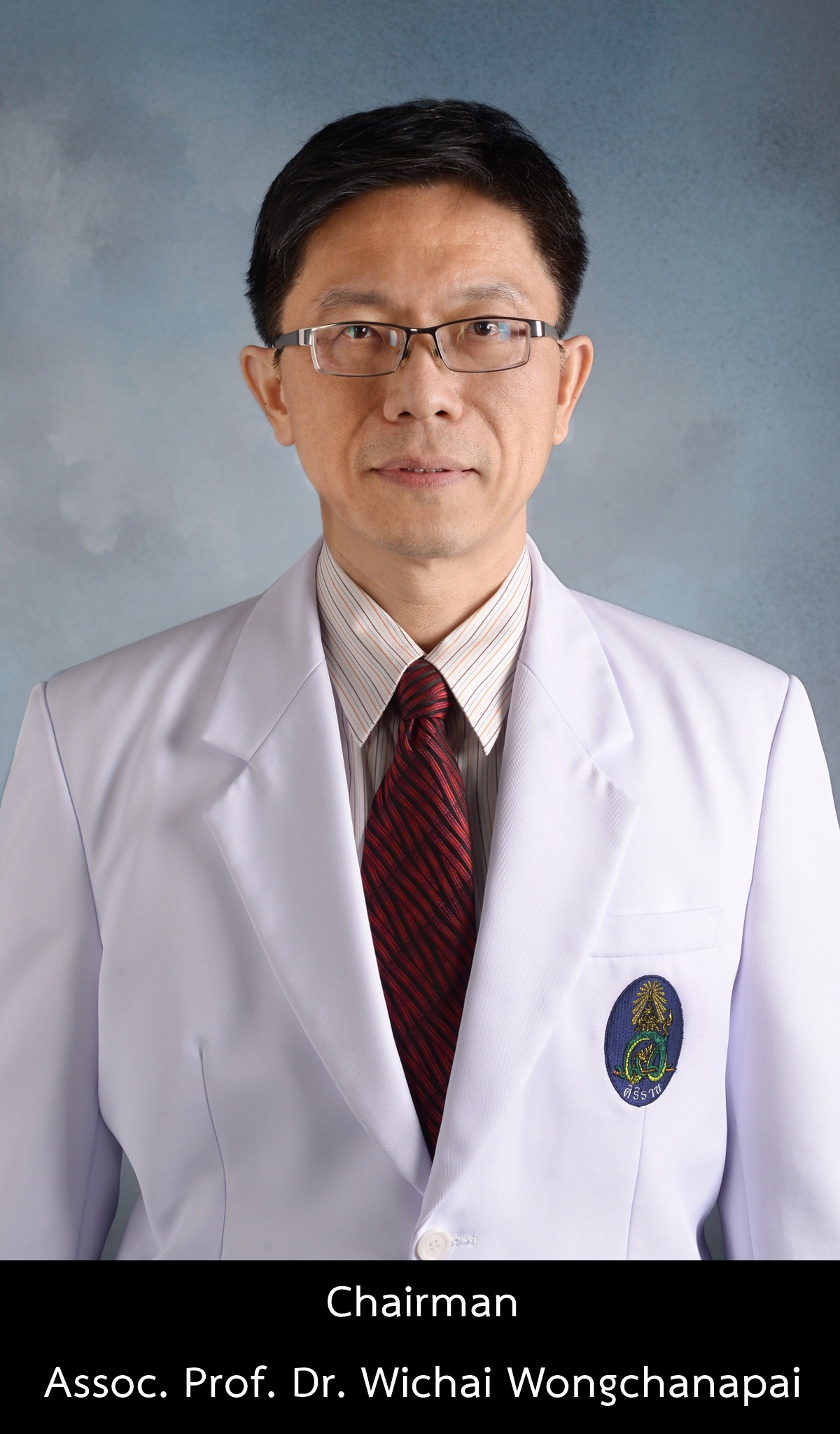History
Department of Forensic Medicine was originally named “Forensic Medicine Program” in the Department of Pathology at Faculty of Medicine, University of Medical Sciences. The program has offer forensic medicine services since 1952, operated by Dr. Songkran Niyomsane, a forensic pathologist, who was the first chairman of Forensic Medicine Program. His duties were to investigate dead bodies and evidence from police departments.
Later, he became the first lecturer in Forensic Medicine to teach 4th year medical students. After that, he was recognized as the Father of Siam’s Forensic Medicine, the first Forensic Medicine lecturer.
As time passed, with service quality and success, the program received a lot of reputations and was granted permission from Faculty of Medicine Siriraj Hospital to establish the Division of Forensic Medicine on 8th November 1965. Dr. Songkran Niyomsane, the first chief of the division, established Forensic Medicine Museum, Poison Control Center, and also set up superimposition autopsy method, DNA fingerprint, and wound investigation.
In 1968, Division of Forensic Medicine received budget around 3 million Baht, for establishing Forensic Medicine Building, which was opened for operation in 1969
In 1969, His Majesty the Late King Bhumibol Adulyadej decided to change the name of the University of Medical Sciences to Mahidol University (MU) and Faculty of Medicine and Siriraj Hospital to Faculty of Medicine Siriraj Hospital. Mahidol University was granted the royal emblem of His Royal Highness Prince Mahidol as the university emblem. The division was changed to the Department of Forensic Science. On March 12, 1969, the first Forensic Science Department in Thailand, developed continuously and gained more reputations and then the Department changed its name to Department of Forensic Medicine on May 19, 1971.
In 1991, Department of Forensic Medicine renovated some area and established Preclinical Learning Center to expand quality of services, research, academic and training program. The renovation was completed in 1998.
At present, the Department of Forensic Medicine, Faculty of MedicineSiriraj Hospital located at Adulyadejvikrom Building, consisting of Forensic Pathology Public Relation Center, Forensic Medicine Clinic, autopsy rooms, mortuary on the first floor, Songkran Niyomsane Museum on the second floor and Forensic Medicine Office, lecturer’s rooms, meeting rooms, lecture rooms, recreation rooms, and also laboratories on the ninth floor.
Forensic Medicine Department has been participating in education for medical graduates since 1952, beginning with first resident application in 1956 and set up residency training, according to the Thai Medical Council’s regulation. Furthermore, Department of Forensic Medicine also established Higher Graduate Diploma Program in Clinical Sciences (Forensic Medicine), Mahidol University in 1965 and Master of Science Program in Forensic Sciencein 1977.
In 1946, an important historical event was recorded when Pridi Bhanomyong, Prime Minister, assigned a committee to investigate the death of His Majesty King Ananda Mahidol. Dr. Songkran Niyomsane and 21 medical committee members were assigned to perform an autopsy to His Majesty’s body at Phiman Rattaya Throne Hall observed by His Majesty the Late King Bhumibol Adulyadej, His Royal Highness Prince Rangsit Prayurasakdi, Prince of Chainat, Phraya Manawora Rajasevi together with other investigation committees. From this event, Forensic Medicine became very important for medical profession and process of justice.
Administration

